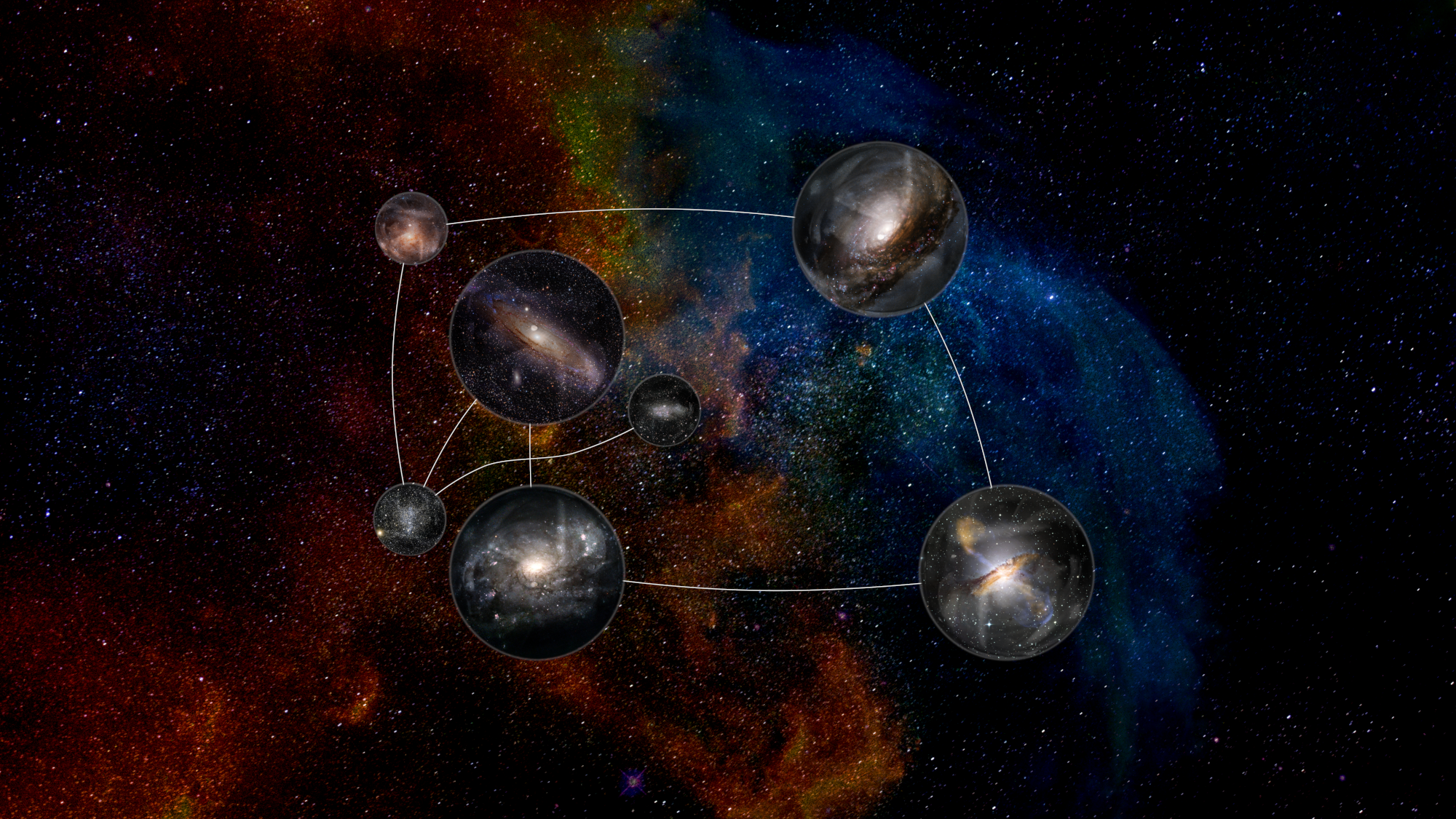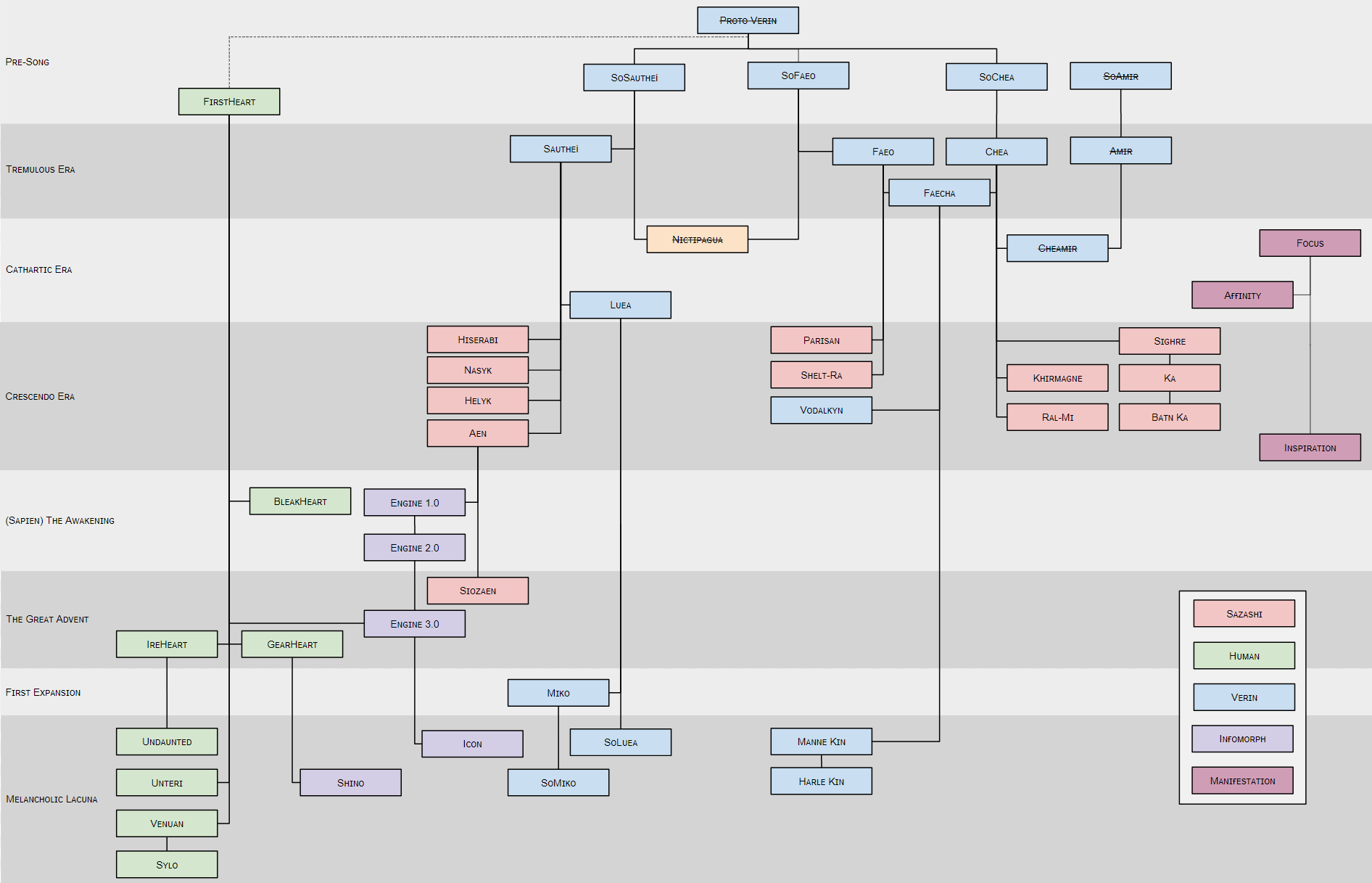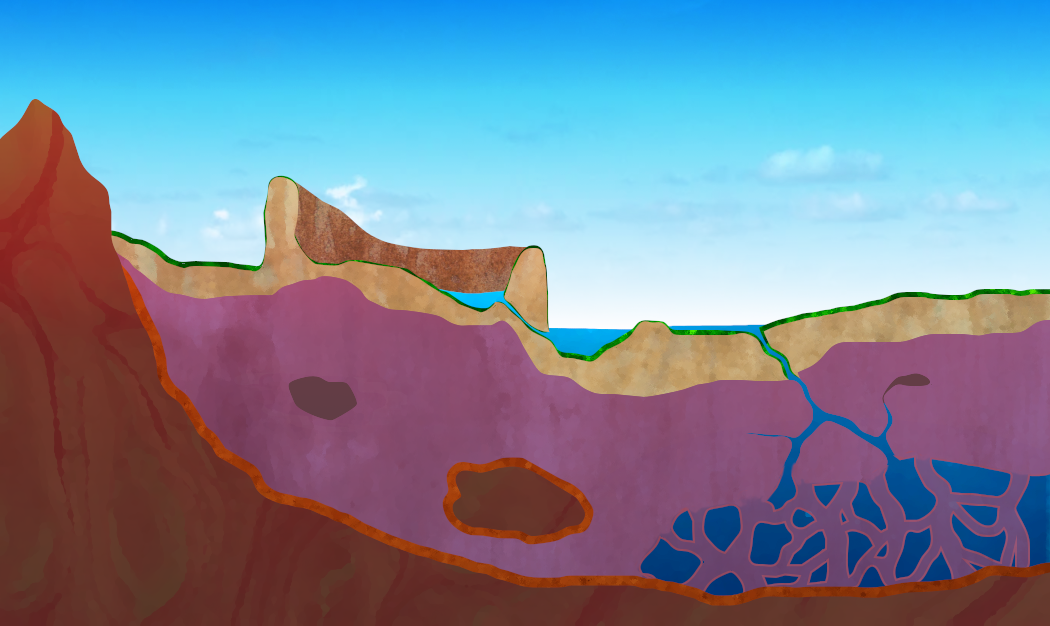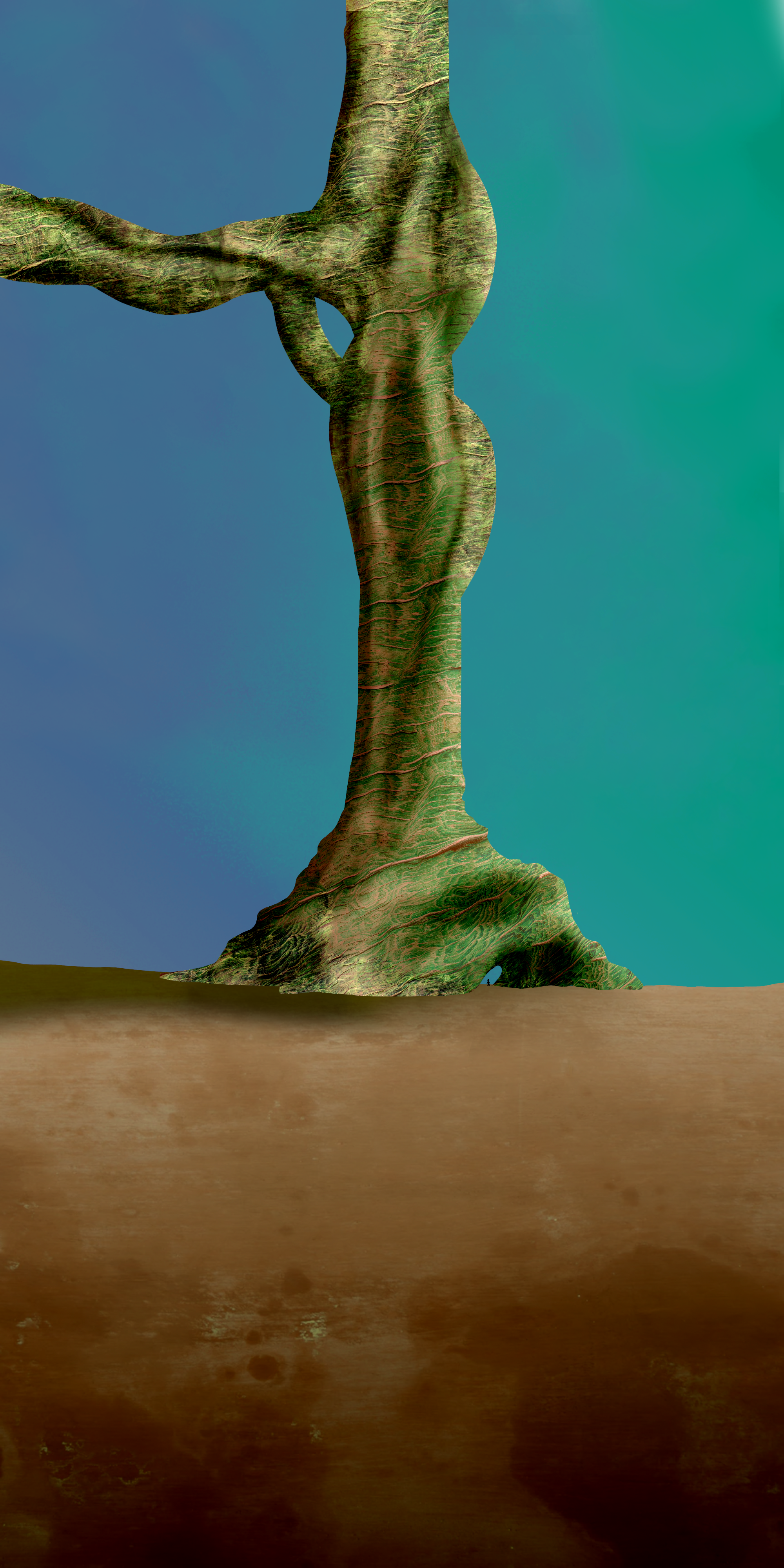Article Contents
Join the Community
Meet the Creators
World Codex
Maps
-
Location → Hub (Deprecated)
A representative map of The Hub—the major settled worlds and their routes to each other, marked by time to travel through their WayPoints. -
Diagram → Emergence of Races
This is the phylogenetic tree of sophont within Ethnis, either by blood or by development. -
Character Sheet Page 1
A guide of the character creation sheet and process.
-
Character Sheet Page 2
-
Diagram → Coral Cutaway
-
Diagram → Nege Tree
-
Diagram → Wayhall
-
Earth → North America
-
Location → Br'rvagishani → Column Hydraulic Dungeon
-
Location → Br'rvagishani → Dir'rh Strashja NegeThon
-
Location → Br'rvagishani → Strashya Atoll
-
Location → Cascadia → Bay → Angel Island
-
Location → Fenu-Tri → Kainga
-
Location → Jhoutai
All of the major aspects of the surface of Jhoutai, including sites, reef structures, and topology. -
Location → Jhoutai → KaTai → Yak'koli
-
Location → Jhoutai → KaTai → Yak'koli → Collapsed Chamber
-
Location → Jhoutai → KaTai → Yak'koli → Rushing Cave
-
The Delve
-
Valdutani Academy
-
Waimana Valley
-
Zone 14, San Joaquin





















